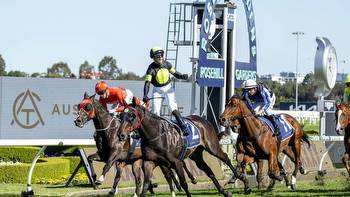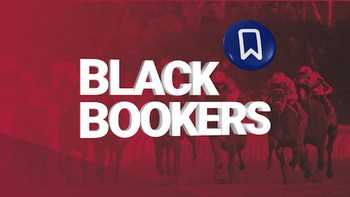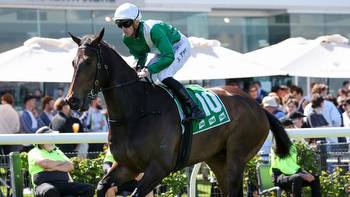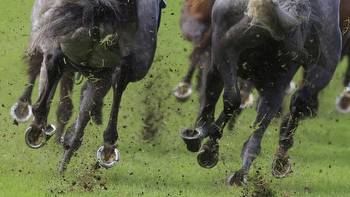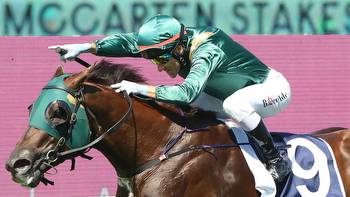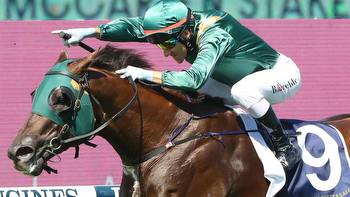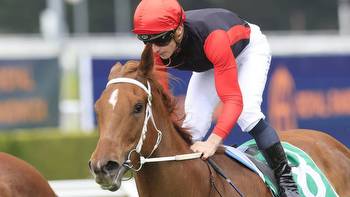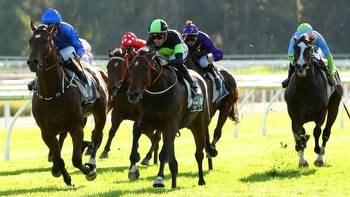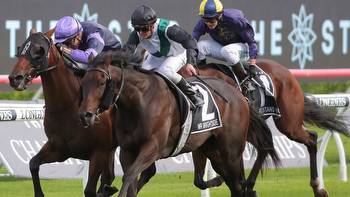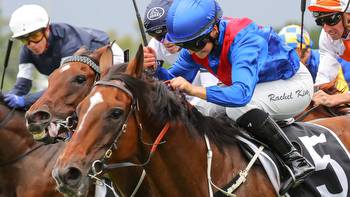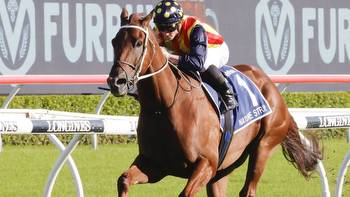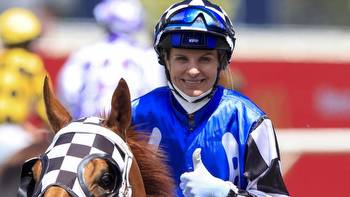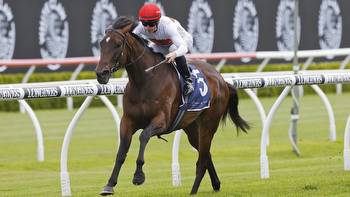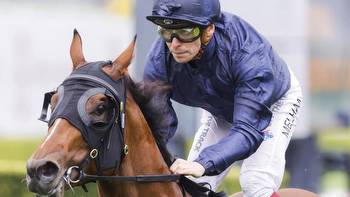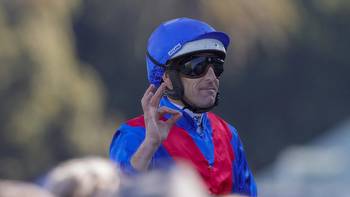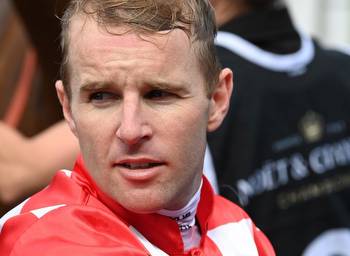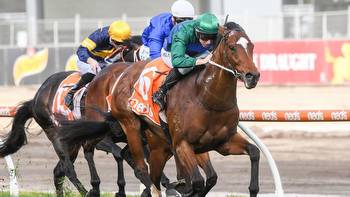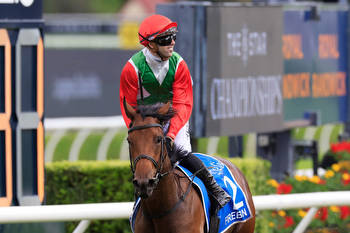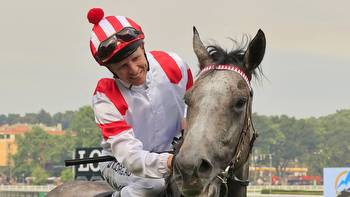Tony Brassel reveals the Top 10 most important form factors

How fast and how well can you do the form?
It's a punting dilemma week after week, especially with 10-race Saturday cards, sizeable fields and a zillion other things to do.
For all our mod-cons, life has hardly become more streamlined if you fancy doing form, then having a punt.
Here's a list of 10 significant form factors when seeking a winner.
It's a mere kick-off.
Several leviathan global betting syndicates analyse more than 10 times our total number of factors before investing.
Let's get stuck into it, I've got a Sydney meeting to do.
1 – HORSE
Topweight when it comes to form. Numero uno.
Beautiful, fascinating, frustrating. Thoroughbreds need to be tweaked and programmed like a Formula 1 car.
Just finding the fastest isn't enough, complexity always rides with racehorses.
Ancestry, environment, education are key starting points. Then the punting public grabs a stake in ownership through data-rich form guides like Racenet.
After all, these noble steeds race for rich Aussie prizemoney primarily funded by punters.
That's how we get the first fix on a horse — a form guide.
That online framework of each horse is an evolving placeholder. We start with age then colour, sex, breeding, ownership and trainer.
Time will always beat you trying to soak it all in, but associating a particular horse with a trainer or sire helps enormously in recall.
Association. That's how memory works. Then comes, yes, you got it. Prediction.
2 – JOCKEY
Second part of the equation and Racenet does its part in this respect, too.
Stable associations, weight, diligence, judgment, ambition, manager, feel, spatial awareness, strength, luck, branding – all go into the mix.
Basically, the best rides go the way of best jockeys through sheer achievement.
Any rider going close to 20 per cent winners is alright by me.
3 – TRAINER
Think like a trainer when doing form.
Ignore the intricacies of racing calendars and programming, anticipating future starts is the essential part. Is this the day? Is the trip suitable?
Again, data on trainers' performance can be found in Racenet Form, plus all their upcoming runners.
A punter should also work out trainer traits. Does the trainer send out first-up winners, do they often barrier trial resumers once or twice, what key jockeys are associated when the stable wins?
Query Racenet's search mechanism on a trainer and drill through how they manage a winning horse's campaign.
And notice their use of particular jockeys. Pattern recognition is fundamental.
4 – WEIGHT
Let's not treat weight lightly.
Handicapped weight is horse racing's great leveller and the greater the distance, the more profound its effect.
Carrying 60kg over Randwick's 1200m in 69 seconds is a vastly different assignment to going Flemington's 3200m in 200 seconds (3m20s).
It's all relative. At 1200m rising 60kg to 61kg may not be a stopper, but a jump from 60kg to 61kg probably stops anything in a modern Melbourne Cup.
The philosophy has spiced up races for more than a century, establishing a level playing field and enhancing betting turnover.
5 – TRACK CONDITION
Firm tracks for me.
I'm not buying into discussions about how a degree of give benefits a horse's soundness or longevity. That's for real horse experts to thrash out.
All I know is my punting is way more on target when tracks are playing firm, true and predictable.
Plus, connections get a fair go. You can only feel for owners of all distinctions when their ultra-pacy pride and joy strikes a track playing to swoopers.
The speedy type becomes a mere sitting duck TAB number. Cannon fodder with the bias.
6 – BARRIER / MAP
The quickest way home is from gate one, they say.
It's far from that simple along the inside.
One negative scenario involves leading, with wider foes intent on crossing, thus forcing a duel.
Plan B would then be to box-seat, or even drift further back in the ruck, hugging the rail but surrounded by rivals.
A break needs to go your way. No break, no luck, no win.
Starting wider on the track is also hazardous. Without a tow and covering more ground than rivals, the winning horse needs to be vastly superior, especially in faster run races.
Invest time in Racenet's racetrack diagrams together with each Speed Map.
Then actually watch the race.
7 – PACE AND TIME
Interpreting pace through sectional timing has become increasingly sophisticated.
Again, time is required to grab a foundation and short cuts don't exist. With diligence, the feel will come.
Racenet is there with a glut of sectional and pace information.
Pace intensity increases as horses rise through the ranks. Lesser gallopers feel the pinch. Simple.
In sprints, rising through each class level, the average first 600m sectional time is roughly 0.1 second less each step up the grade.
For a quick comparison Giga Kick's 2022 Everest (1200m) scorched through the first 600m in 34.77s.
On the same card, over the same distance, Rocketing By's Sydney Stakes ran through the first 600m in 35.46s.
The Everest field would have been about five lengths ahead of the Sydney Stakes field passing the 600m pole.
That rise in grade, or intensity difference determines our next factor.
8 – CLASS
The ultimate gauge of a racehorse.
At times expressed as a rating, the class of a racehorse designates where he or she fits in the turf world.
But for the racing life of a Thoroughbred, their performances climb at varying degrees, plateau, then subside.
There will be fluctuations, we all know they aren't machines, yet truly classy ones perform and rate like machines.
Their level of performance remains almost on a plane.
The trick is to find the good ones on the way up. And here's the finest betting proposition in the game.
Certain progressive horses will keep improving right through the classes, fast pace or slow, wet or dry.
If you're well-versed in form matters, with respectable data and a trained eye there is no better wager in horse racing.
9 – CONDITION
The eye is what's needed in this category.
This skill isn't rocket science, but keen observation, solid recall and attention to detail are essential.
Naturally, interpretation of fitness is key.
If the inclination grabs you, one of the joys of horse racing is to simply watch a horse walk. Some shuffle, some stroll and some swagger.
Winners come from all ways of walking, but a fluent stride and impressive locomotion is often replicated at full bore.
10 – OBSERVATION
The factors above represent a palette.
Not one of these qualities stands alone as the way to analyse a race. But all are valid considerations before punting.
There's a lot of mental juggling and all aspects of a race don't filter to starting gates then finish post.
For me, a race starts the moment a horse enters the mounting yard. It ends when you read the stewards' report.
And a day's racing isn't finished after the last.
Review your thoughts about how you found that winner, how were they correct. Then think about why you were wrong in other races.
Expertise develops through post-race analysis of your own analysis.

